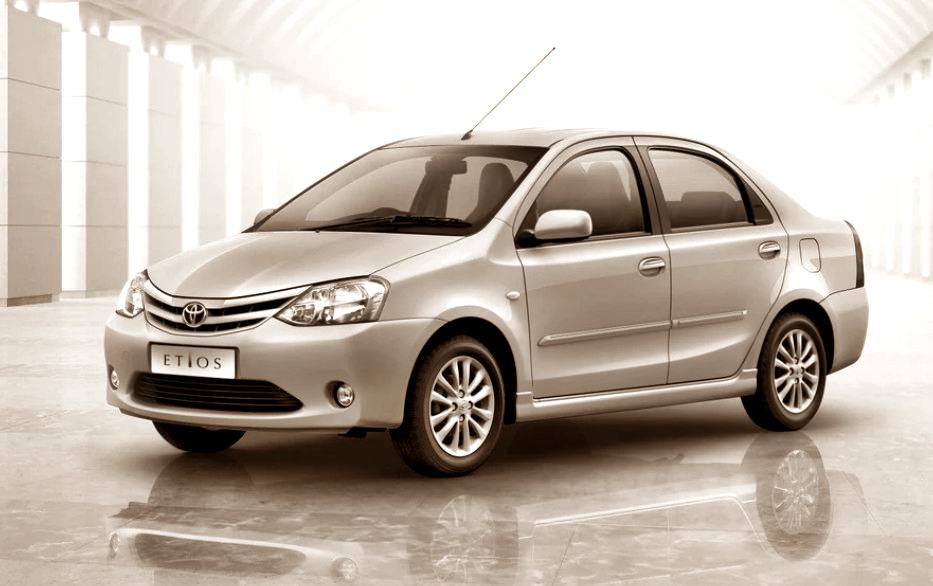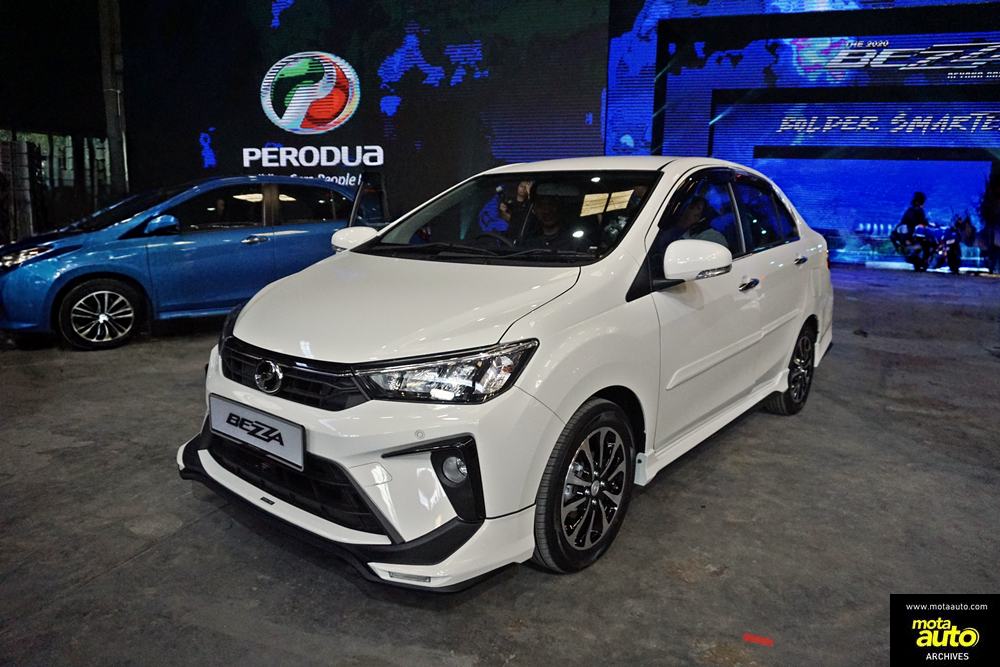In 2013, there was talk of Perodua making a sedan, a departure from the compact hatchbacks, MPVs and one SUV that it had been making since it began in 1994. As always, nothing was revealed about this model and there was only speculation.
Then some images appeared on the Net of a model called the Perodua Jaguh. You have to remember this was 12 years ago – before AI-created images began making it hard to tell real from imagined – and with the realistic images of the Jaguh, there was also a brochure, supposedly leaked. Though Perodua has usually been strict with dealers about not revealing anything before a launch, there have also been some salespeople who have been undisciplined and quietly showed some pictures to friends, who would then leak them on social media.
![Perodua Jaguh [2013]](https://www.motaauto.com/wp-content/uploads/2025/08/Perodua-Jaguh-2013-7.jpg)
To this day, Perodua has no model called a Jaguh and it has become an ‘urban legend’ in Malaysian automotive history. It was the creation of one man – Theophilus Chin – who was already gaining fame with his digital creations of popular models. His realistic creations have even been used by magazines outside Malaysia when speculating about a new model.
Theophilus (aka known as Theottle) recently talked about that ‘The Perodua Jaguh Hoax’ and explains how it came about and his thoughts of the impact of such speculative imagery that looked too real and genuine.
Here’s his story, in his own words…
“It all started on July 29 2013. A single image of a supposed Perodua sedan – called the Jaguh – began circulating online. It looked like a rebadged Toyota Etios, with a Perodua-style grille and familiar design cues—Myvi door handles, Alza wheels. People were intrigued. Was Perodua finally launching a sedan?
![Perodua Jaguh [2013]](https://www.motaauto.com/wp-content/uploads/2025/08/Perodua-Jaguh-2013-6.jpg)
![Perodua Jaguh [2013]](https://www.motaauto.com/wp-content/uploads/2025/08/Perodua-Jaguh-2013-5.jpg)
![Perodua Jaguh [2013]](https://www.motaauto.com/wp-content/uploads/2025/08/Perodua-Jaguh-2013-2.jpg)
Later that same day, a full brochure appeared online as well, seemingly a leak. It showed the Jaguh’s rear, interior, and even showed the specs – just like any Perodua brochure. But if you looked closely, things didn’t quite add up. A manual-only transmission for a flagship model? Sliding second-row seats in a sedan? Red interior trim? And the name ‘Jaguh’—already used by Modenas for a motorcycle.
![Perodua Jaguh [2013]](https://www.motaauto.com/wp-content/uploads/2025/08/Perodua-Jaguh-2013-4.jpg)
Truth is, I created the entire thing. I used elements from the Toyota Etios [sold in India] and Perodua Alza, photoshopped them, and also designed the fake brochure. I even mimicked Toyota’s variant naming system — J, G, V, VX —to make it feel ‘authentic’.

It was a design exercise that spiralled into something much bigger. The hoax spread fast. Mainstream media picked it up. Forums exploded with enthusiastic comments. And then came the calls: “We got calls from our dealers demanding to know why we had kept them in the dark. Normally, we will brief dealers 4 or 5 months before the launch and then we will start circulating confidential materials for them for their information. This time, they were puzzled why we had never followed past practices and it seemed the model was about to be launched too!” Motor Trader said after they had contacted Perodua.
Motor Trader’s editor also told me that some people in the company were surprised and wondered if there had been an ultra secret project going on which only a few knew about. That it had reached such an ‘advanced’ stage must have shocked them!
![Perodua Jaguh [2013]](https://www.motaauto.com/wp-content/uploads/2025/08/Perodua-Jaguh-2013-1.jpg)
Perodua had to respond, and confirmed they had done a feasibility study for a sedan – but stressed that the Jaguh wasn’t it. No other details were forthcoming and it would take another 3 years before the real sedan – a Perodua development and not adapted from the Etios – was actually launched. And its name was Bezza.
![Perodua Jaguh [2013]](https://www.motaauto.com/wp-content/uploads/2025/08/Perodua-Jaguh-2013-3.jpg)
That’s when I realised just how far the prank had gone. It wasn’t just internet buzz anymore; it affected real business operations. Dealers were calling Perodua, genuinely confused and concerned. I had unintentionally triggered a full-blown corporate scramble.
So that’s the story of the Perodua Jaguh – a model that only exists in the digital world. A little design prank that gained a life of its own. So keep your eyes sharp — because not everything you see online is what it seems.”

Click here to see more of Theophilus Chin’s work on Youtube

![Perodua Jaguh [2013] Perodua Jaguh [2013]](https://www.motaauto.com/wp-content/uploads/2025/08/Perodua-Jaguh-2013-9-696x520.jpg)
